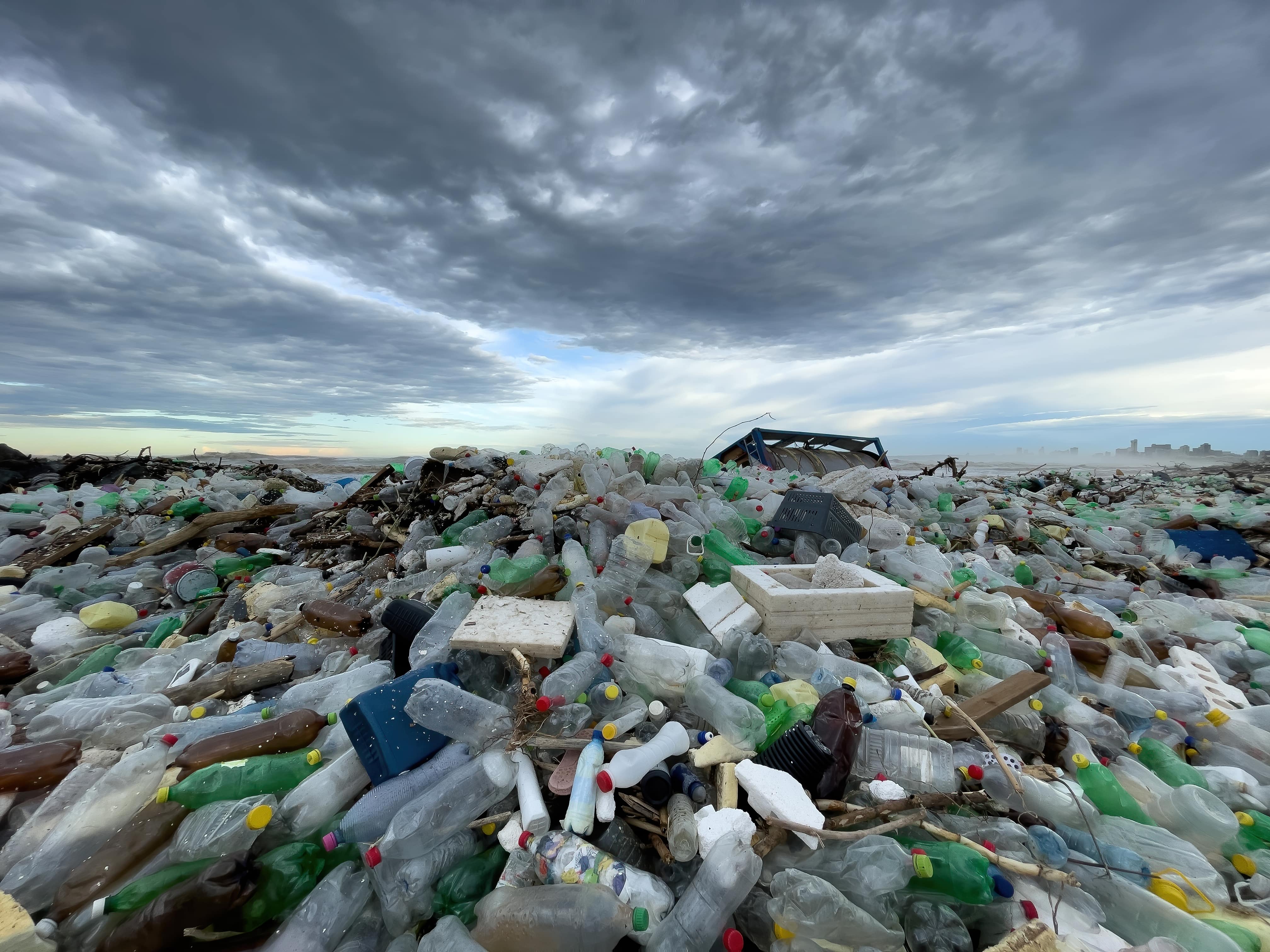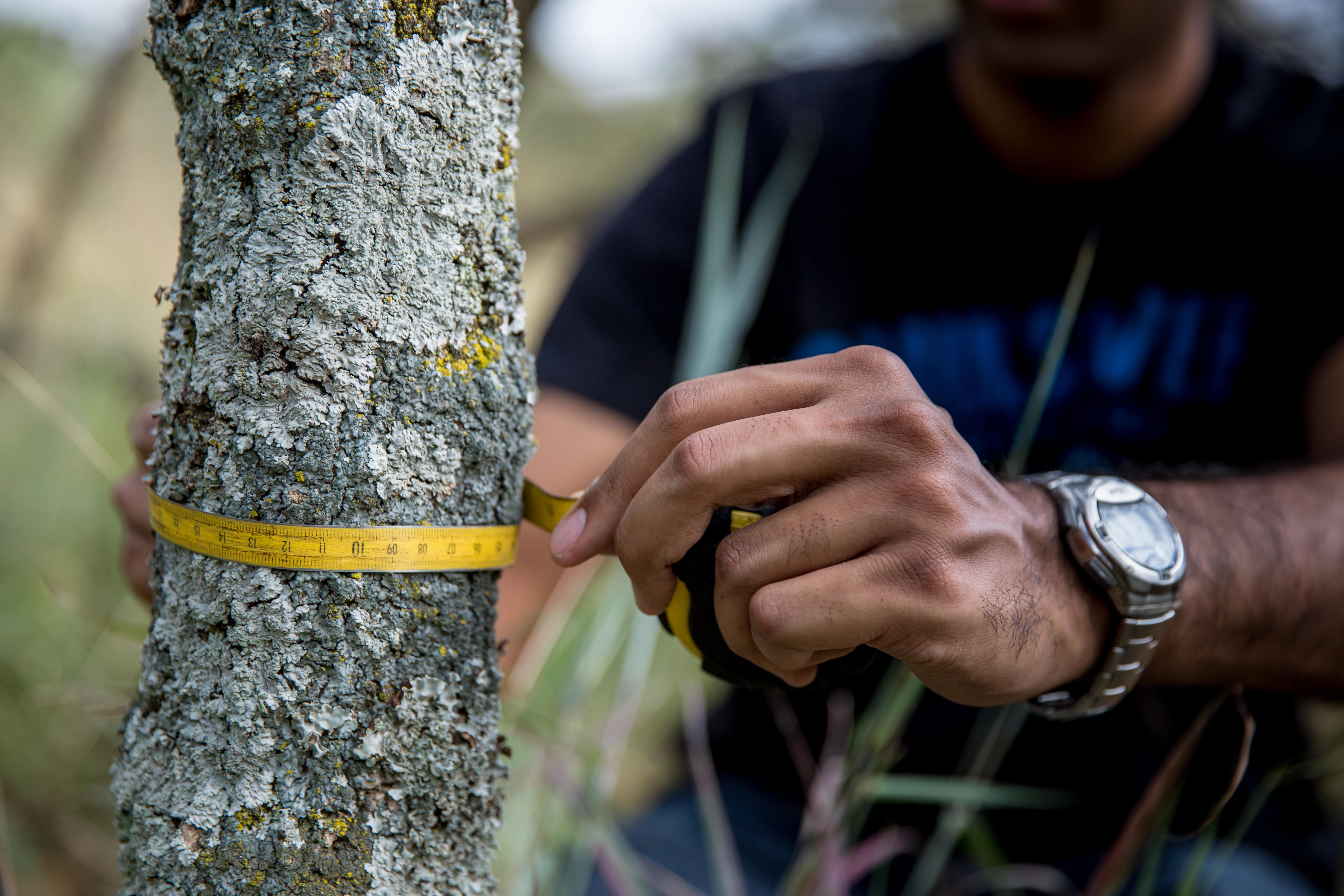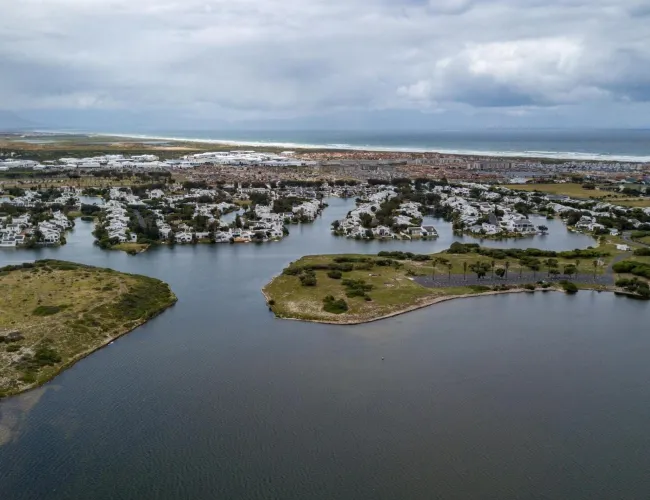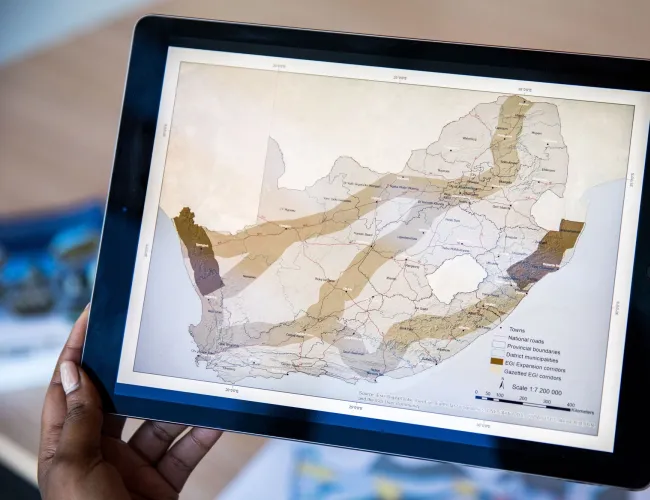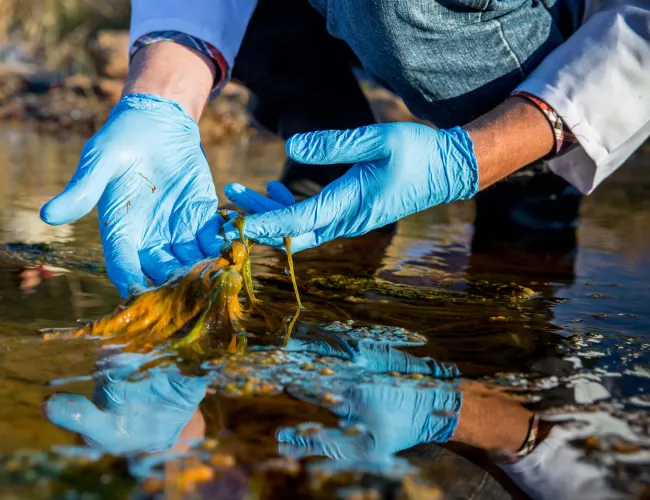What we do
Contact information:
Highlights
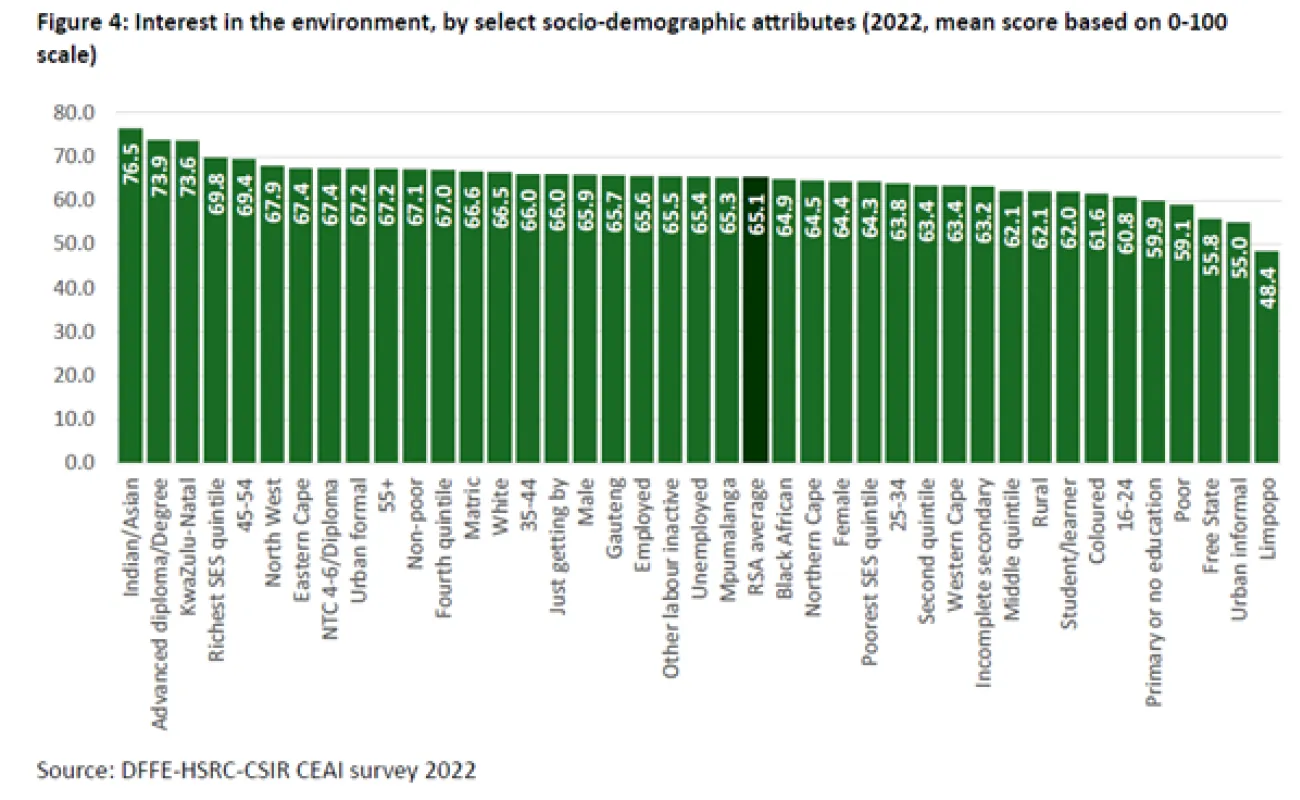
Researchers concerned about low environmental literacy in South Africa
New research by the CSIR and its partners reveals that climate change denialism looms large in South Africa, with nearly half of the population believing coal to be a renewable energy source. These findings, among many others, were shared in the inaugural Citizens’ Environmental Awareness, Beliefs and Behavioural Preferences In South Africa 2022 report, published in 2024. Read more.
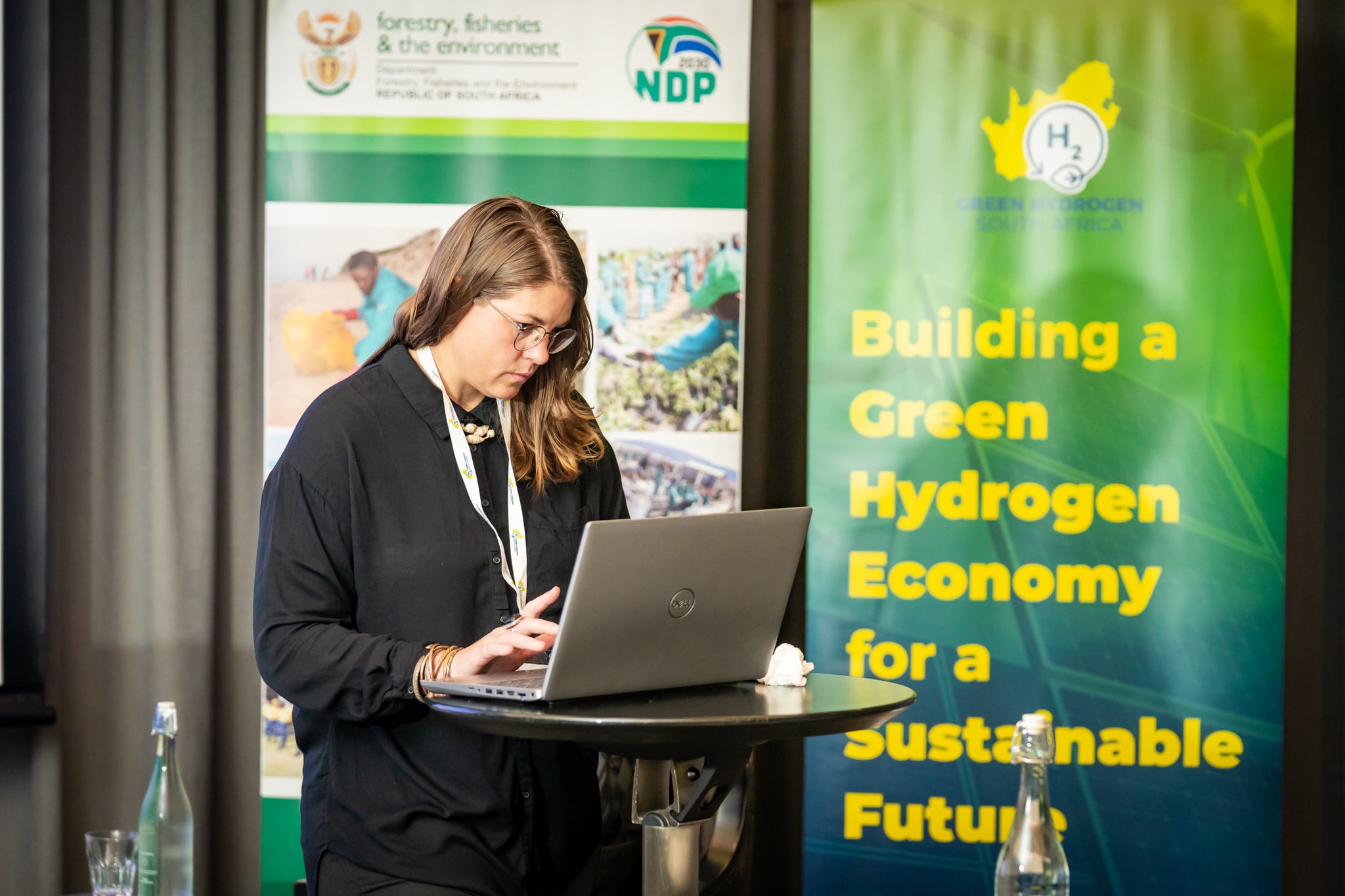
South Africa’s green hydrogen hotspots mapped
CSIR researchers collaborated with the Deutsche Gesellschaft für Internationale Zusammenarbeit, the National Department of Forestry, Fisheries and the Environment and GFA Consulting Group to develop two planning tools aimed at supporting South Africa’s transition to a green hydrogen economy.
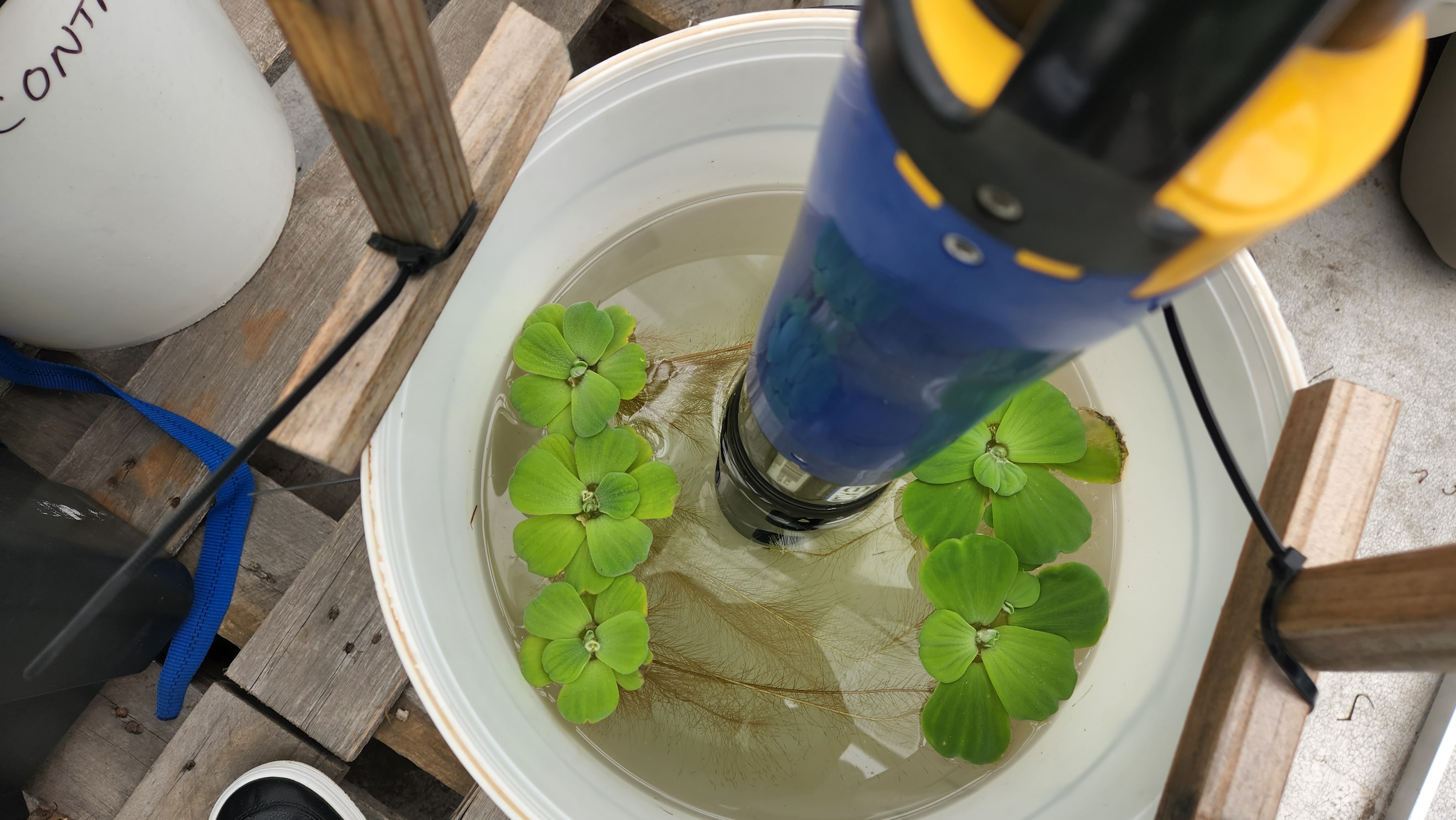
Invasive water plants are stressing South Africa’s estuaries
South Africa’s estuaries are home to a unique mix of plant and animal life and provide vital ecosystem services. However, a new study by CSIR researchers has revealed that certain invasive water plants are disrupting these delicate ecosystems – literally tipping the balance. Read more.

Missed our Biodiversity Day 2025 webinar session? Watch it here.
A conversation with experts from the CSIR and the South African National Biodiversity Institute exploring whether current nature-based and engineering solutions are the ideal approaches to ensuring that nature thrives.
Our research
Our facilities
Resources
Best practice guidelines for Life Cycle Assessment studies in South Africa
This suite of life cycle assessment guidelines provides a step-by-step approach for evaluating the environmental impacts of a product across its entire life cycle.
